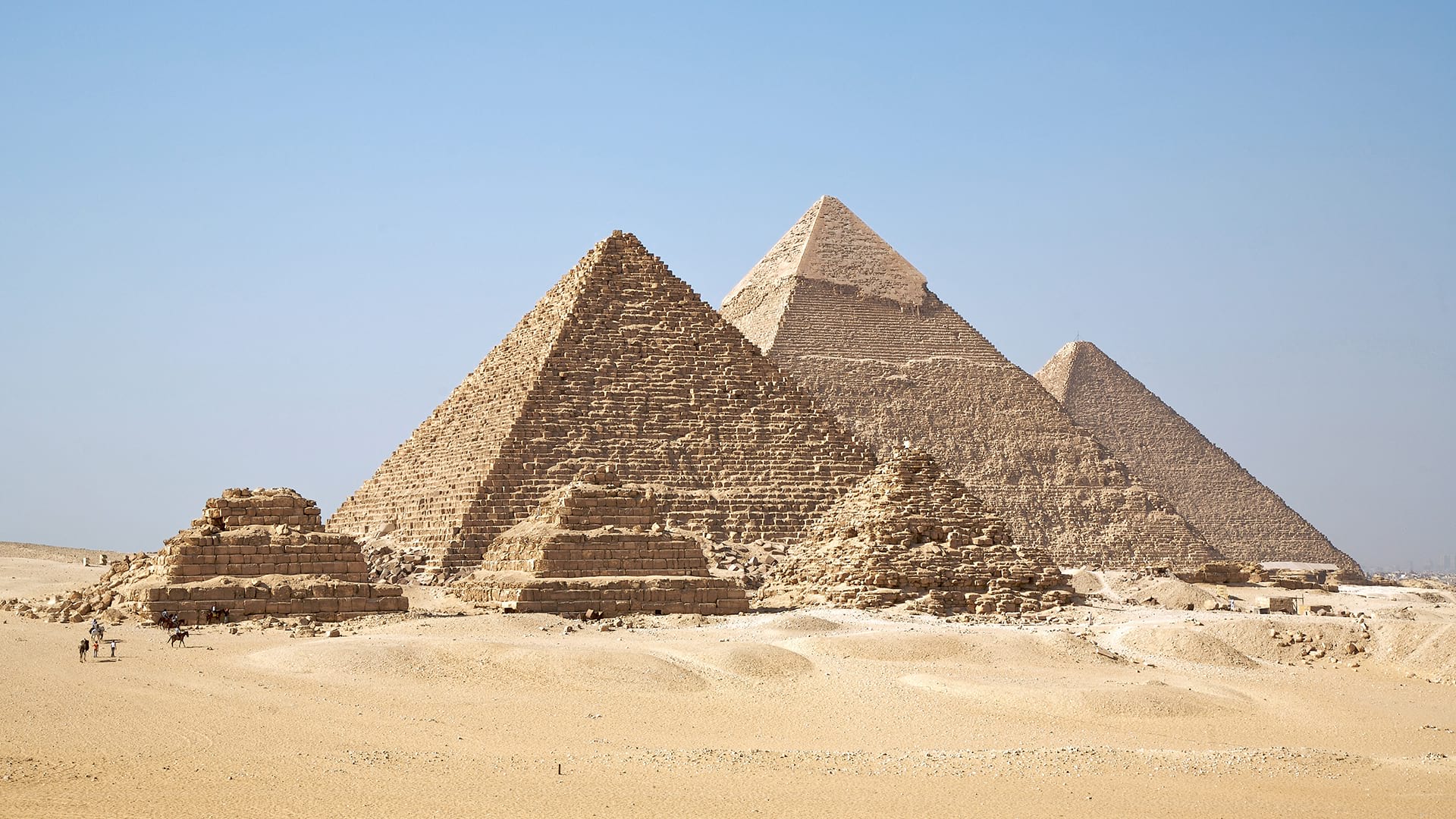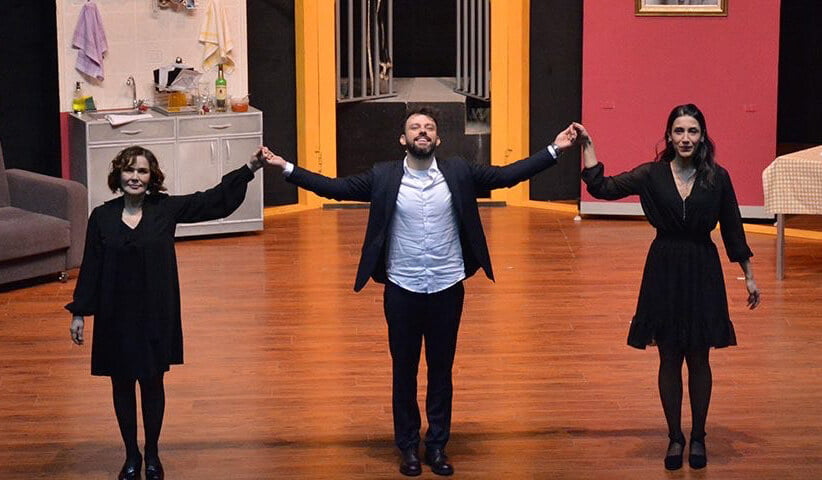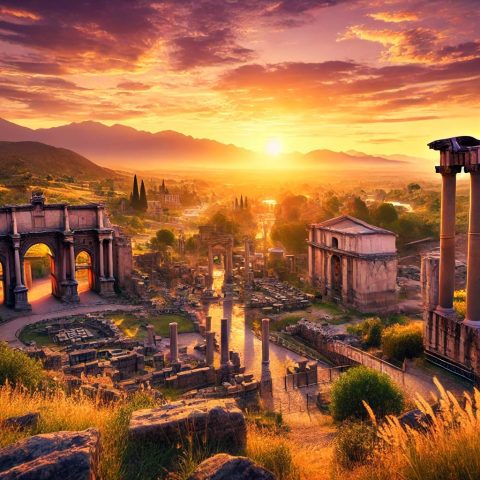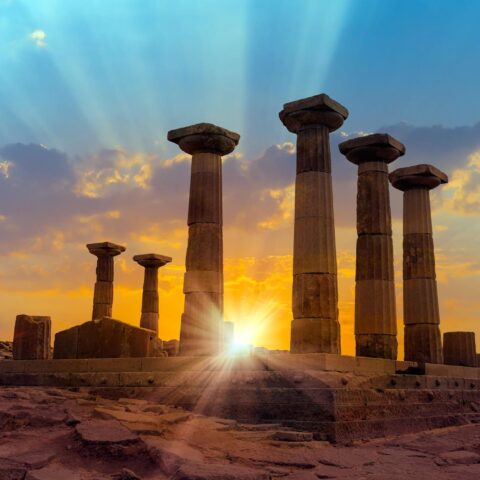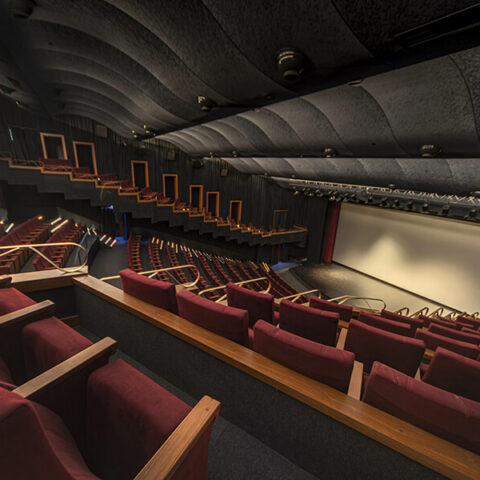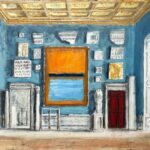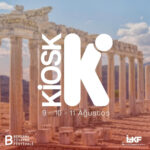Cairo / Holding On To What’s Remained
Billions of people, thousands of cities, dozens of masterpieces and Seven Wonders of the World..
Thanks to today’s technology, it seems there is no longer a place to where we cannot travel without getting up from those soft couches in our living rooms or any information that we cannot access the main source. Well, while thinking of that, what kind of reason can we present to all these researches or to our desire for discovery?
To put it another way, what is the rationale for “that” word for which we search with the help of our phones or electronic devices we hold all of a sudden and even “google” it with the view of today’s terminology? And what sort of feeling is that inciting our ambition to reach the information?
The answer: maraḳḳمرقّ/مراقّcoming from the root of rḳḳand giving the meaning of the sensitive part of an abdomen or an ear.
In English; CURIOSITY! Historically, the words ‘curious’ & ‘curiosity’ link back to the Modern Day English word ‘cure’ and even further back, to the Latin etymon ‘cura’ which has an orthographic sense of meaning of “care”.
Well, is that genuinely because of being so sensitive, do we live or act with the aim of slaking the emotion of this word making us feel, as if something whispered into our ears, which is also named as “the unseen” or “inspiration”.
As I mentioned above, such as the questions that in where is a city located, who is in the North/South, what do they eat, what do they drink in today’s world can be responsed via our personal electronic devices adequately. But how is the impulse removing us from our comfort zones and taking us there clarified?
In a nutshell, how else could the desire to see a tomb estimated that it was built in 2551 BC be explained? Moreover, if we take into account this place was built according to the projection of Alnilam, Alnitak and Mintaka accepted as the Belts of the Orion Constellation*.. Especially on the bank of the Nile River which is the Elixir of Life on the African Continent.
The Pyramid of Cheops is the only place that has survived among the Seven Wonders of the World. In my first art~travel article I have met you , I crave to say “hello” to all of you with your permission through the unique Egyptian Pyramids, which are shown among the Seven Wonders by all the peoples of the world, that we have a chance to visit whenever we want also.
As a matter of fact, The Great Pyramid of CHEOPS and other pyramids around it, which are located at the point where we can reach in about half an hour from the hotels region appealing to different tastes and styles in the city center of Cairo, carry the features of each pharaoh’s mausoleum. In other words, this area is a kind of necropolis*. The masterpieces remained as a mystery since the way of building was not deciphered or nobody has reached a consensus on it even after about 4500 years.
Cairo is a 1300-year-old ancient city in the North of the African continent, meaning ‘Masr’ which connotes “victorious” in Egyptian Arabic.
After spending our first day intensely around the Pyramids of Giza, we can watch the evening sun going down in the Garden of Al- Andalus and close the day with ‘Koshary’ or ‘Mashshi (vegan), which is also called as ‘dolma’ in Turkish cuisine, from Egyptian cuisine in local restaurants.
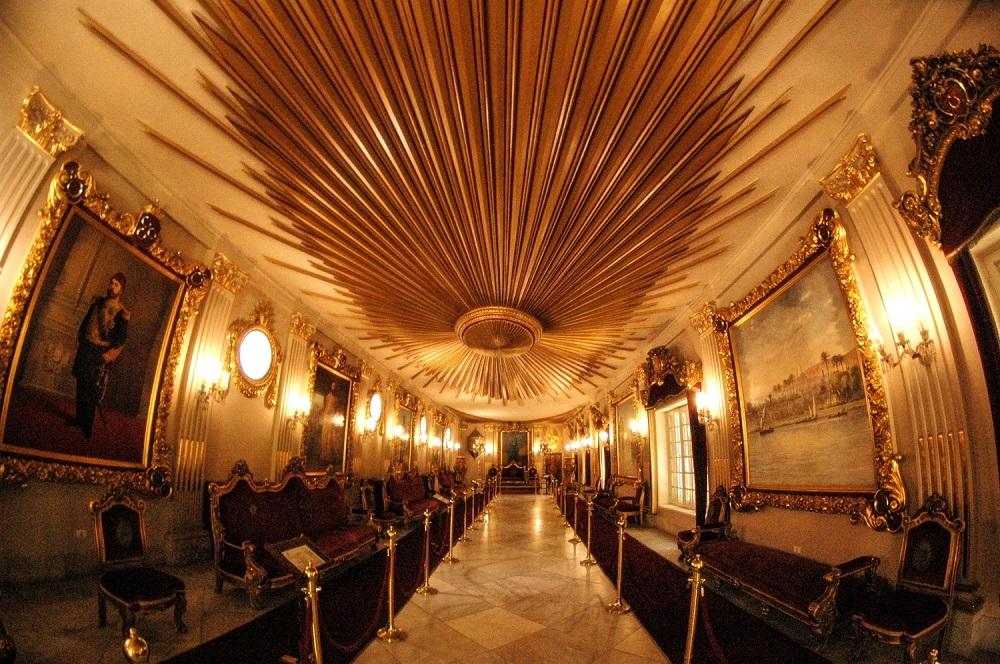
It is advantageous to start our 2nd day with The Gayer Anderson Museum and The Museum of Egyptian Antiquities, colloquially known as The Egyptian Museum or The Museum of Cairo to take a break and even getting the lunch out of the way makes sense before our next stop.. Because our following assigned place is Manial Palace… It takes hours not to overlook the masterpieces of craftsmanship full of amazing details here. The leaves on these ceilings of the palace dedicated to Ra, The God of The Sun, are remarkable unquestionably. Our tonight’s menu is Shawarma (known as ‘Döner’ in Turkish cuisine) or Molokhia (Which is vegan). And off course with Souad Massi; Ghir Enta..²
Bon appetit!
Both Egyptian literature and music have an important place in the world’s literature. This country is also known as the homeland of Ümmü Gülsüm, one of the historical symbols of Egypt and the most famous voices of ‘contralto’ which is given to the lowest female voice type. In fact, the lady’s song ‘Walla Zaman Ya Selahy’ had been also accepted as the Egyptian national anthem until it was banned in the following periods. This lady also sang the Arabic version of many of the works that we have also heard from the universal rhythm. At the same time, it is necessary to commemorate Gohar Gasparyan, an Egyptian-born Armenian origin. On this trip, we can feel ourselves exist deeply in this region with the songs of Ümmü Gülsüm and Gohar Gasparyan hanging on our ears.. In addition to this point, we should not miss the Egyptian writer Necib Mahfuz, Nobel Literature Prize Winner in 1988. Although he had become face to face with difficulties in his period, his place in the world literature will always exist and his name will be kept immortal owing to dozens of works he brought in the world corpus and his brave attitudes for peace in the Middle East geography. However, I should not forget to refer to the work that we should read during our journey due to the shortness of our trip: Paulo Coelho’s best-selling book, The Alchemist, which is engraved in our memories with its famous cover.
There are two more places that I cannot pass without mentioning while closing the last page of our trip: The first one is ‘The Citadel’ and the other one is ‘Manshiyat Naser’ also known as ‘Garbage City’, which is the trailer of the long-term result of the waste of today’s humanity, unfortunately.
As I say goodbye to you with the song ‘Le bien et mal’³ is playing, which you will listen to from the voice of Souad Massi; I wish you moments full of beauty that will dominate every moment of your life. See you in the next destination..
*Necropolis: A kind of special name given to the region where cemeteries and mass graves which are located in the archeological cities.


